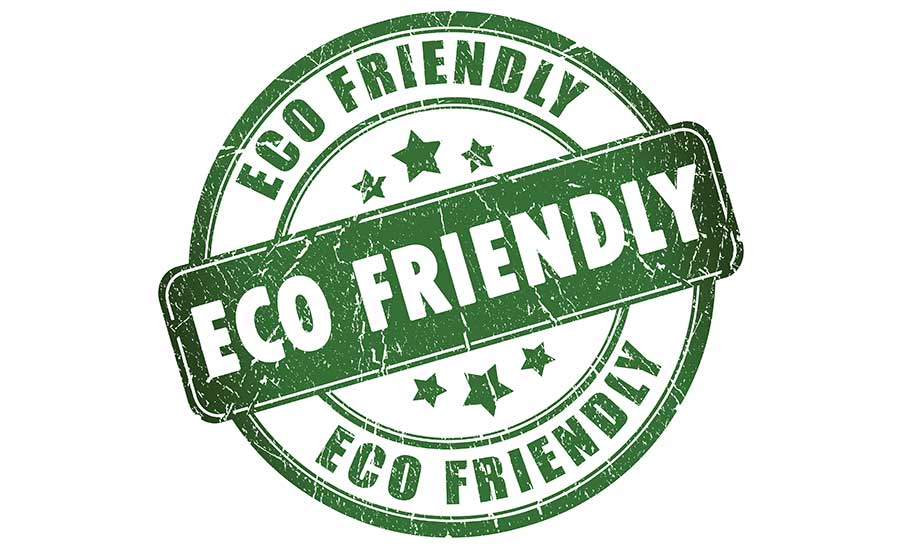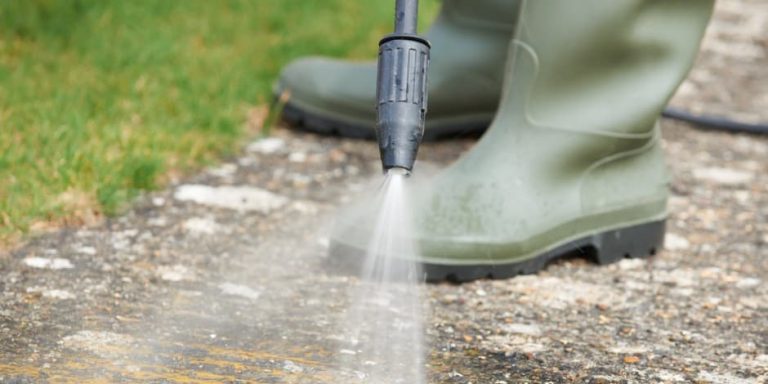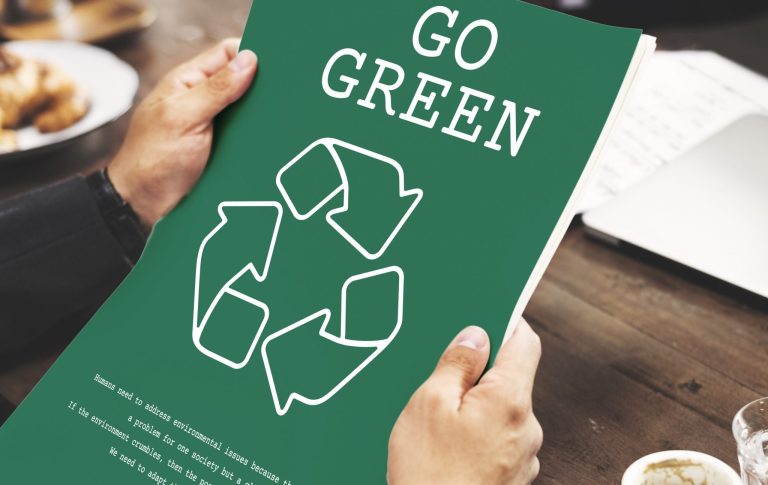
Power washing is an effective way to clean everything from home exteriors to commercial buildings and public sidewalks. It strips away years of grime, mold, and oil in minutes. But it also comes with a cost to the environment if not done properly—wasting water, polluting waterways, and harming ecosystems.
Thankfully, with the right knowledge and preparation, pressure washing can be done responsibly. In this article, we’ll outline the best environmental practices for both homeowners and professionals to reduce negative impacts and still get outstanding cleaning results. 🌿
🌊 1. Control Runoff at All Costs
Runoff is one of the biggest environmental concerns related to power washing. Water mixed with chemicals, dirt, and oil often ends up in storm drains, which lead directly into local waterways without treatment. That can cause serious harm to aquatic life and ecosystems. 🐠🚱
Best Practices:
- Use sandbags, booms, or barriers to redirect water away from drains
- Wash surfaces in a way that guides runoff onto grassy or permeable areas
- Use a vacuum recovery system if possible to collect wastewater
- Avoid washing during or just before rain
🧪 2. Use Eco-Friendly Detergents
Many cleaning agents contain harsh chemicals like bleach, phosphates, or petroleum-based solvents. These can harm plants, pets, wildlife, and aquatic life—even in small amounts.
Instead, look for:
- Biodegradable labels
- Phosphate-free formulations
- Non-toxic and plant-safe ingredients
✅ Recommended products include:
- Simple Green Oxy Solve
- ECOS Outdoor Cleaner
- Krud Kutter Exterior Cleaner
Always apply cleaners sparingly and never oversaturate an area, especially near gardens or storm drains.
Browse Amazon Here For Eco-Friendly Pressure Washing Detergents
💧 3. Reduce Water Waste
High-powered pressure washers can use 2 to 4 gallons of water per minute. A full home exterior cleaning can consume hundreds of gallons—sometimes more than an entire household’s daily water use.
Water-saving tips:
- Use low-GPM machines (under 2.0 GPM if possible)
- Install trigger-controlled nozzles to stop flow when not in use
- Pre-treat or scrub surfaces to reduce wash time
- Sweep before washing to remove loose debris
- Avoid washing unnecessarily—many surfaces only need seasonal cleaning
Even reducing your pressure washing frequency by one session per year can save hundreds of gallons of water. 💦
🌱 4. Be Mindful of Plant and Soil Health
Pressure washing too close to landscaped areas can damage delicate foliage, erode topsoil, and compact the ground—especially when using high PSI settings.
To protect plants:
- Cover nearby shrubs, flowers, and trees with plastic sheeting
- Maintain a safe distance from vegetation (at least 6 feet)
- Use low-pressure settings around soil or garden edges
- Avoid directing spray at tree trunks or plant bases
If you’re using cleaners, always check labels for plant safety and rinse any affected areas afterward with fresh water. 🌼🪴
🐝 5. Avoid Disturbing Wildlife and Pollinators
Power washing can disturb nesting birds, bees, butterflies, and small mammals. This is especially true in urban areas where wildlife has fewer places to hide or relocate.
Wildlife-friendly practices:
- Don’t wash during peak nesting seasons (spring through mid-summer)
- Check eaves and crevices for nests before spraying
- Avoid flowering areas where pollinators are active
- Use quieter, electric washers when possible to reduce noise pollution
A few minutes of inspection before washing can help protect an entire ecosystem of insects and animals. 🐦🦋
🏗️ 6. Educate and Train Your Team (for Pros)
If you run a commercial pressure washing service, it’s essential to train staff on eco-friendly practices.
Training should cover:
- How to spot and prevent runoff
- Local water use and chemical regulations
- Proper equipment handling
- How to talk to customers about environmental safety
Make eco-conscious behavior a part of your company culture, and promote it in your marketing—many clients today care deeply about environmental responsibility. 🌟
📋 7. Know and Follow Local Regulations
Many cities have specific rules about what’s allowed during outdoor washing—especially regarding discharge into storm drains, chemical usage, and noise levels.
Always check local:
- Environmental ordinances
- Water usage restrictions (especially in drought-prone areas)
- Permits required for commercial power washing
Some cities issue fines for violations or can suspend business operations for noncompliance. Following the law isn’t just ethical—it protects your reputation and bottom line. ⚖️
🌍 8. Promote Sustainability in Your Community
Responsible power washing isn’t just about what you do—it’s about what you teach and model for others. Whether you’re a homeowner or a contractor, sharing eco-friendly cleaning tips with your neighbors, tenants, or clients helps build a culture of sustainability.
Consider:
- Hosting a neighborhood cleanup with green cleaning products
- Offering discounts for eco-conscious customers
- Creating content about eco-friendly practices on your website or social media
- Displaying a commitment to environmental responsibility in your marketing materials
The more we normalize responsible cleaning, the better our cities and environments will be. 📢🌿
🌟 Final Thoughts
Power washing doesn’t have to be wasteful or harmful. With the right practices, it can be part of a sustainable maintenance routine that keeps surfaces clean without damaging the natural world around them.
Whether you’re cleaning your driveway once a year or managing a commercial fleet of pressure washers, these simple best practices can make a big impact. 🌎💚
Clean smarter, not harder—and the planet will thank you.
Browse Amazon Here For Eco-Friendly Pressure Washing Detergents






